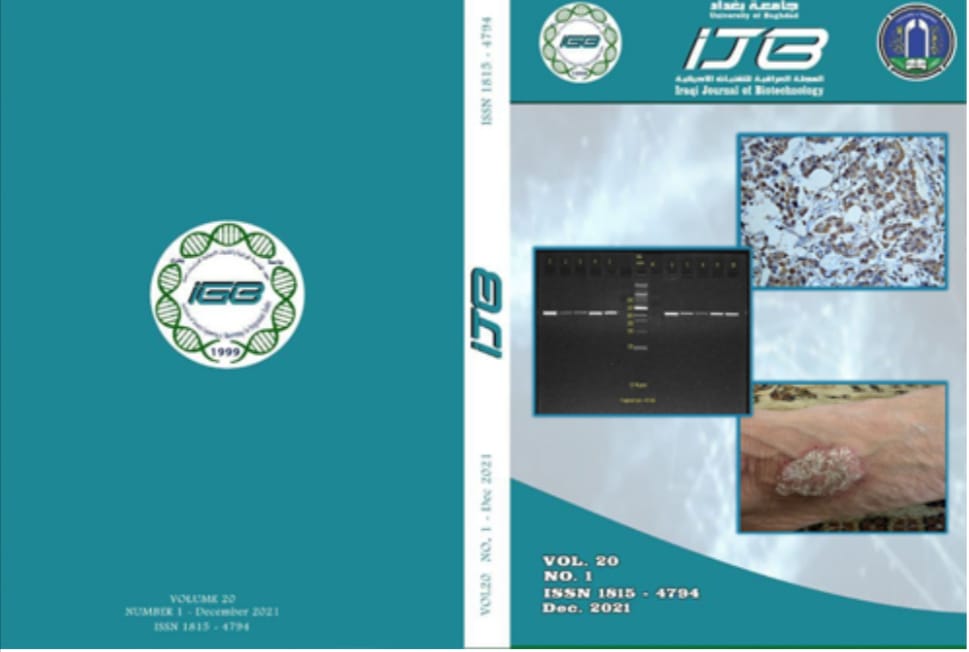The Association of Vitamin D Deficiency and Insufficiency with Genetic Polymorphism (CYP27B1 SNP rs10877012) in Iraqi Samples
Abstract
Vitamin D comprises a group of fat-soluble secosteroid found naturally only in a few foods, responsible for increasing intestinal absorption of calcium, magnesium, and phosphate, in addition to other biological effects.In humans, the two majorphysiologically forms are vitamin D2 (ergocalciferol) and vitamin D3 (cholecalciferol). Vitamin D2 is obtained from dairy products whereas Vitamin D3 is produced in the skin after exposure to ultraviolet light. Vitamin D from the diet or skin synthesis is biologically inactive; enzymatic conversion (hydroxylation) in the liver and kidney is required for activation.Blood Sample were collected 100 individual to determine (test) vitamin D state and these sample divided into three group, the first group 80 sample, were collected randomly from people have normal vitamin D level, and 20 sample as control samples which were divide into two group, 11 sample from people with normal level of vitamin and 9 patient have deficiency in their level of vitamin D. These samples were tested using ELISA to determine the level of 25(OH)D. Genomic DNA was extracted from these samples and analyzed using real time PCR. The results from ELISA groups were 29% sample with vitamin D deficiency in normal people (they did not have any idea about their vitamin D level) 44 ± 24.06B. The negative control was 67.55 ± 21.85 A and the positive control was 9.85 ± 5.19C. These results show revealed the relation between the active form of vitamin D enzyme and CYP27B1 gene which is associated with the deficiency of vitamin D state. The genetic analysis of CYP27B1 gene polymorphism, the results from comparison between positive control and healthy group showed the TG and GG genotypes frequencies have significant association with vit. D deficiency (P= 0.002; OR= 16.3; CI 95%= 0.2-9.7) and (P=0.02 ; OR= 11.8 ; CI 95%= 0.1-10.2) respectively, while the G allele frequency was significantly associated with positive control group (P= 0.004; OR= 1; CI 95%= 0.5-4.2). The results of comparison between the negative control and healthy group showed no association in both genotype and allele frequencies. From these results we conclude the immunological test of plasma 25(OH)D is a useful marker to indicate the risk of clinicaldeficiency and insufficiency, while the genetic analysis we suggest it is associated with the deficiency and insufficient of vitamin D level but the study wasn’t performed with the enough number of samples to prove this aim.


